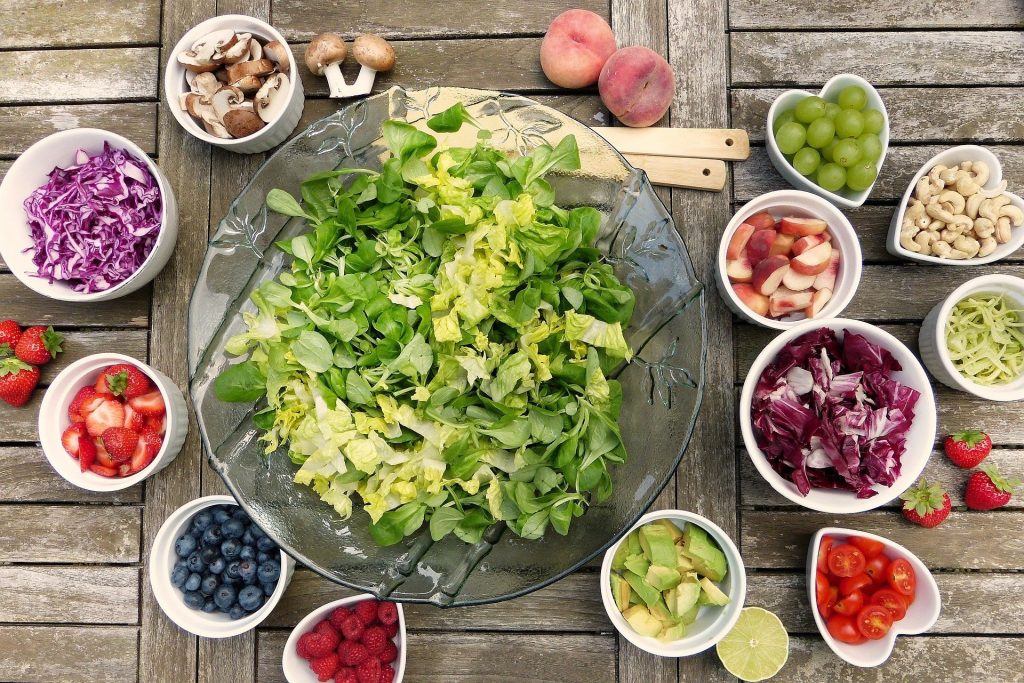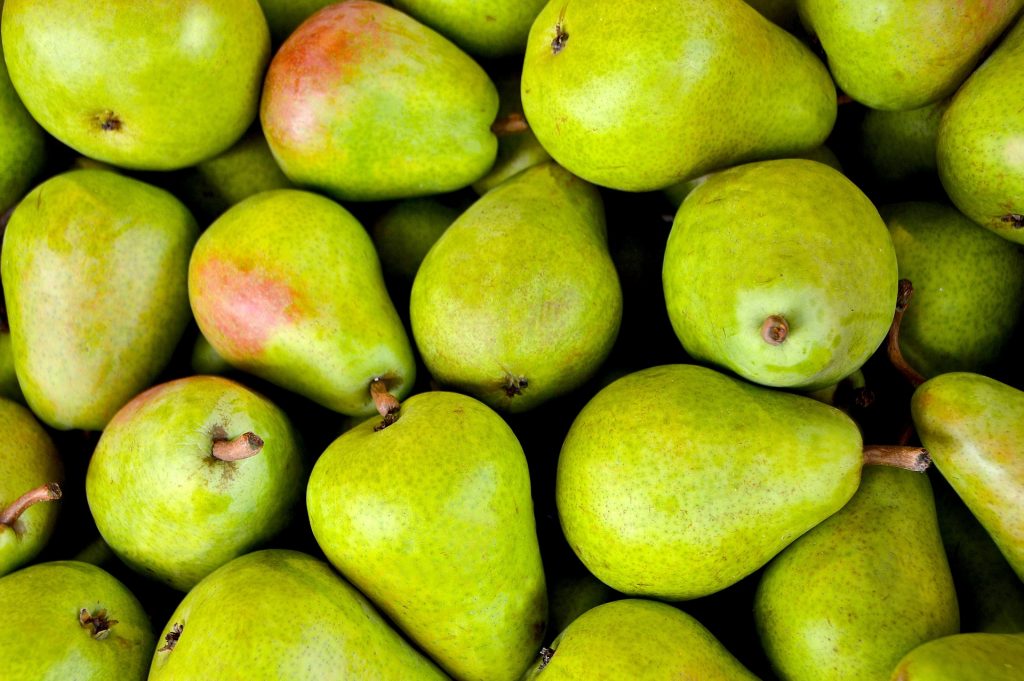[Article updated on 19/09/2023]
What is irritable bowel syndrome?
Otherwise called functional colopathy, irritable bowel syndrome is a common pathology in the population but often misunderstood and underestimated. Indeed, 10 to 20% of the French population seems to be victims of this disease but only 15% of affected people consult their doctor about it.
This pathology is characterized by the following symptoms (according to the ROME IV criteria):
Abdominal pain present for at least 6 months and occurring at least 1 day/week during the last 3 months. At least 2 of the following criteria must be associated with pain:
- Relationship between pain and defecation;
- Change in stool frequency: constipation in the case of a type C syndrome, diarrhea in the case of a type D syndrome and alternation of the two in the case of a mixed type syndrome;
- Change in stool texture.
If you suffer from any of these symptoms, it is advisable to speak to your general practitioner or a gastroenterologist to rule out other pathologies.
This disease can be very disabling and uncomfortable on a daily basis, having an impact on both the social and professional spheres of patients who suffer from it.
However, diet has a very important role and can relieve at least 50% of symptoms in 75 to 80% of patients.

The role of diet
Monash University, an Australian university and reference in research on irritable bowel syndrome, has discovered the essential role of diet in the management of this disease.
Indeed, she discovered that certain sugars, unmetabolized and poorly absorbed in the intestine, will cause intestinal distension by attracting water and quickly causing the formation of gas when they are fermented by intestinal bacteria. This will then cause pain, bloating, spasms… and transit disorders. Most often these symptoms appear within 30 minutes to 2 hours after taking the untolerated food(s).
These sugars are called FODMAPs For :
- F = Fermentable;
- O = Oligo. Better known as fructans and galactans;
- D = Di. Better known as lactose;
- M = Monosaccharides. Better known as fructose;
- A = And ;
- P = Polyols which are xylitol, maltitol, mannitol and sorbitol.
The protocol proposed by the research center takes place in 3 phases:
- An elimination phase which consists of significantly reducing all foods rich in FODMAPs;
- A phase of gradual reintroduction where foods rich in FODMAPs are reintroduced one by one in order to highlight each person’s individual tolerances and sensitivities;
- A cruising phase with the elimination of only the foods responsible for the disorders.
Where to find these sugars?
These sugars can be found in certain vegetables, fruits, starchy foods or oilseed fruits.
This is why it is important to be supported by a professional in implementing this protocol to avoid any risk of deficiency.
It does not concern fats (butter, oils, margarines, etc.) nor protein foods: eggs, meat, fish which contain no or few carbohydrates.
Concerning the different sugars:
- Fructan is mainly found in cereals such as barley, rye and wheat and also in certain vegetables such as asparagus, artichokes, onions and Jerusalem artichokes or even in chocolate.
- Galactan is mainly found in legumes (chickpeas, red beans, lentils, etc.).
- Lactose is contained in milk, cottage cheese, crème fraîche. Yogurts are generally better tolerated. Finally, most cheeses contain little or no lactose, so they are well tolerated.
- Polyols, also called “sugar alcohols”, are mainly present in “sugar-free” industrial products such as chewing gum and candies. Most stone fruits such as cherries, apricots, peaches, plums, etc. and certain vegetables such as cauliflower and mushrooms are also rich in polyols.
- Fructose is mainly found in fruits such as apples, pears, mango or watermelon and also in honey and agave syrup.

Many foods are also low in FODMAPs in each food family.
Here is a non-exhaustive list :
- fruits: citrus fruits such as oranges and tangerines or even certain red fruits such as strawberries and raspberries.
- vegetables: eggplant, carrot, green beans, lettuce…
- Starchy foods: rice, quinoa, potatoes…
- Dairy products: cheeses, lactose-free products, etc.
If you suspect irritable bowel syndrome, this protocol is completely accessible when accompanied by a trained professional.
To help you further
Different ranges of probiotics specific to irritable bowel syndrome are available in pharmacies. They are often taken as a 20-day treatment, away from meals.
In addition, digestive infusions can help relieve symptoms as well as essential oils to take orally or massage. Beware of chamomile and fennel often present in “light digestion” type herbal tea blends which are rich in FODMAPs and can therefore worsen symptoms.
Finally, the link between stress and irritable bowel syndrome has been shown. It is therefore often necessary to work on this point. Hypnosis and self-hypnosis techniques have shown their effectiveness for this pathology.
In conclusion, the management of this disease aims to relieve uncomfortable symptoms and focuses on 4 points:
- A diet adapted to your tolerance thresholds;
- Learning to better tolerate stress;
- Micronutrition as a complement;
- Medical and medication support when the remaining symptoms are not relieved.
